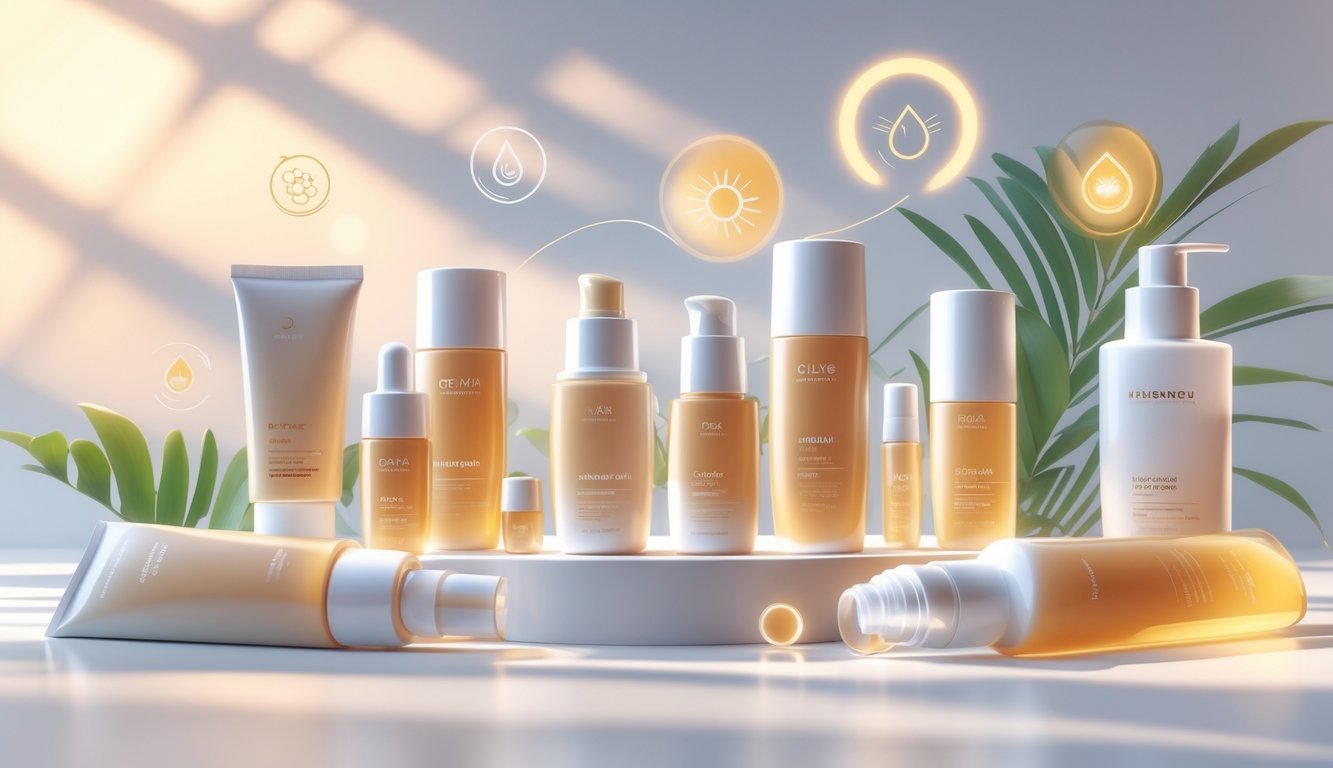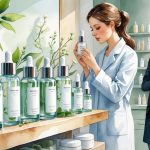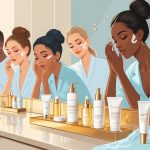Must-Have Sunscreens Quietly Adding Breakthrough Skin Benefits You’ll Notice Fast
Top Must-Have Sunscreens Adding Innovative Skin Benefits

Lately, I’m squinting at ingredient lists, half-wondering if anyone else wants an SPF that works like a skincare powerhouse, not just a sticky afterthought. These days, the best sunscreens block UV and multitask—blending invisible finishes with calming extras or antioxidant bursts.
Best Sunscreens for Immediate and Noticeable Results
Every summer, I swear off heavy lotions, only to get sucked back in by one that actually improves how my skin feels right away. EltaMD UV Clear Broad-Spectrum SPF 46? It calms redness almost before I can get annoyed by reapplying.
Supergoop! Unseen Sunscreen SPF 40 is always in my bag. It’s weightless, never pills under makeup, and doesn’t leave me with that dreaded oily shine by noon.
I tried Future Screen SPF 50 after a dermatologist friend nudged me—skeptical, honestly—but it delivered: no breakouts, and my skin looked fresher by the end of the day.
A messy little comparison chart (because my brain loves these):
| Sunscreen | Immediate Skin Benefit | Texture |
|---|---|---|
| EltaMD UV Clear SPF 46 | Calms redness, fades dark spots | Lightweight gel |
| Supergoop! Unseen SPF 40 | Blurs pores, dries undetectably matte | Invisible gel |
| Future Screen SPF 50 | Hydrating, evens out tone instantly | Sheer lotion |
Breakout Star Brands Redefining SPF
I keep bumping into new formulas that don’t scream “sunscreen,” like Ultra Violette—kind of obsessed with their Blue Screen Digital Defence Gel. Tech fatigue is apparently a thing, and this covers UVA/UVB and blue light.
Tula’s SPF hybrid moisturizers finally feel like skincare, probably because of the probiotics. Black Girl Sunscreen? Gets a nod from everyone I trust with hyperpigmentation struggles. The no-white-cast thing isn’t hype—my friend with deep skin tones swears by it, and she’s even pickier than me about greasy residue.
Banana Boat Light As Air was a weird find—light on skin but somehow lasts through sweaty commutes or, apparently, lunchtime pickleball.
If anything, it’s the brands treating SPF as a daily ritual—not a sticky afterthought—that actually make it onto my shelf. Now if only I could get through TSA with my last La Roche-Posay Anthelios bottle intact.
Game-Changing Formulas for All Skin Types
I get so tired of sunscreens clogging my pores. That’s why EltaMD UV AOX Mist is quietly genius. Fine spray, matte finish, and I don’t have to smudge anything around during midday meetings.
Supergoop Glowscreen actually surprised me. It’s glowy, but in a way that looks like skin, not like I face-planted into a vat of shimmer.
Sensitive skin? After a week of nonstop use, La Roche-Posay Anthelios hasn’t left me with breakouts or weird tightness. The mineral-based options really do improve texture—especially if, like me, you get nervous about silicones or breakouts.
If you just want the short version, here’s what’s been working for me:
- Dry Skin: Supergoop Glowscreen (hydrating, glowing, not greasy)
- Oily/Combo: EltaMD UV Clear (zero shine, lightweight)
- Sensitive: La Roche-Posay Anthelios Mineral SPF (soothing, fragrance-free)
Honestly, I rotate based on what my skin’s yelling at me about that week. Never thought I’d look forward to sunscreen, but here we are.
Demystifying SPF: How to Choose the Right Level for You
Nothing trips me up like sunscreen shopping. One aisle, twenty numbers, every bottle promising to be my skin’s next hero.
But honestly, finding the right SPF isn’t luck—it’s just knowing which numbers and words actually mean something, and which ones are just marketing noise.
Decoding SPF 30, 40, 50, and 60
I used to bounce between SPF 30 and SPF 50, mostly because La Roche-Posay and Supergoop! both seem to swear by those ranges. Here’s what actually matters: SPF (Sun Protection Factor) tells you how well a sunscreen shields your skin from UVB rays—the ones that burn.
SPF 30 blocks about 97% of UVB rays. SPF 50 jumps a bit, up to 98%, and SPF 60 edges higher, maybe 98.3% if you’re splitting hairs.
SPF 40? It’s just between 30 and 50, but honestly, it doesn’t add much extra. I’ve caught myself overthinking the difference—what’s one percent?
Still, for long days at the beach, or if you’re using something like Neutrogena Ultra Sheer SPF 60 and not reapplying all the time, you might want the highest SPF you can find. For daily commuting, SPF 30 or 40 is practical.
If you’re outside a lot, like running or hiking, it makes sense to go SPF 50+ or 60. Just don’t forget to use enough—one ounce, about a shot glass, covers an average adult.
Why Broad Spectrum Matters
I’ll admit, I used to ignore the “Broad Spectrum” label, but that’s actually what most of us should be watching for. Ever notice those patchy sun marks even with “SPF 50” on your face? That’s the catch.
Broad spectrum means you get protection from both UVB (burning) and UVA (aging, wrinkling, and yeah, skin cancer-linked) rays. Some formulas, like EltaMD UV Clear Broad-Spectrum SPF 46, say “broad spectrum” right on the bottle.
That’s not just marketing. It means you’re covered for sunburn and also for the deeper skin changes from UVA rays.
Mineral sunscreens with zinc oxide or titanium dioxide—like Blue Lizard or CeraVe—automatically offer broad spectrum coverage. That’s one less thing to stress about.
If you have sensitive skin, mineral options with broad spectrum can be less irritating. But even if you swear by chemical blocks like Avène or Bondi Sands Broad Spectrum SPF 50, that wide coverage is crucial.
If your weather app keeps flashing that “very high” UV Index alert, broad spectrum is non-negotiable.



